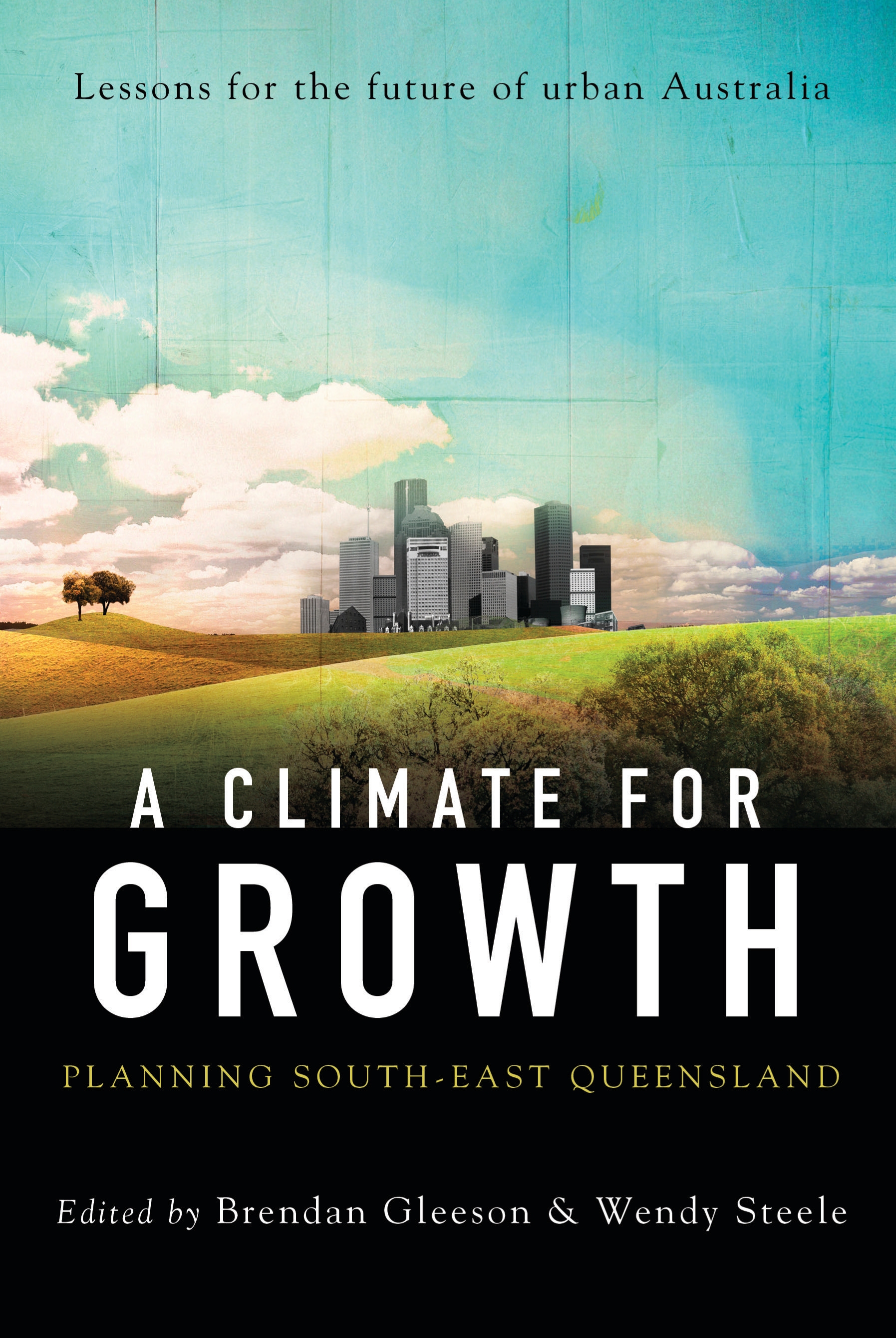 |
| click img to link for more info on the book |
Briefly, this book gathers insights from professionals & experts on Southeast Queensland current growth climate. It looked at some key aspects like; 1. Framework for growth, 2. Planning in a subtropical region
3. Landscape of infrastructure and 4. Planning and community.
Although this book was primarily focused on the growth climate of Southeast Queensland, I take away from it a few very valid points that are relevant to the overall planning climate of urban Australia. This, I think, helps to aid my research for a hypothetical Australian capital city.
1. Emphasising on the collaboration between state and local governments
"...the critical importance of collaboration and coordination; but most importantly the mechanisms and administrative arrangements put in place... both state government departments and local governing bodies." (pg 37)
2. Influential issues for change
"...two big issues which will influence the future pattern of energy use are 'peak oil' and climate change." (pg 81)
These are two very dominating issues in most (if not all) government departments all over the world. Reflecting these issues into an architectural hypotheses will make for a very significant debate, depending, however which aspect of architecture outcome that I seek to pursue in the later stages.
3. The "green setting"
"The origins of a metropolitan- and regional-scale open space setting for the growing urban area which would become the City of Brisbane can be traced to influential overseas sources at the turn of the 20th century - principally the advocacy, writings and initiatives of Ebenezer Howard and the Garden City Movement." (pg 129)
This is an important precedence to note. In a hypothetical Australian capital city, does it want to recreate a planning "movement" that would be "replicated" and/or be the source of influence for another growing urban city state? Should it embody those forward-thinking planning strategies that other "growing" cities will like to emulate?
4. Communal participation
"...express widely held values, constrain private and sectional self-interest and inspire public action." (pg 258)
Like in every design strategy, the social participation of the users that the design is catered to makes for a very significant factor at the early stages of an architectural design. So, it is with this great interest that this notion should not be lost, whether or not for the current environment of Australia or the future. There has to be a platform for this.
5. Two levels of reality
"...economic prosperity... social and human environment... Why can't the two connect?" (pg 274)
It seems to exist the great disparity between the "powers-to-be" and the "users" in relation to a certain development. This creates a disconnected union that should be tackled with smart and innovative design solutions, be it architectural or planning.
~ H

No comments:
Post a Comment